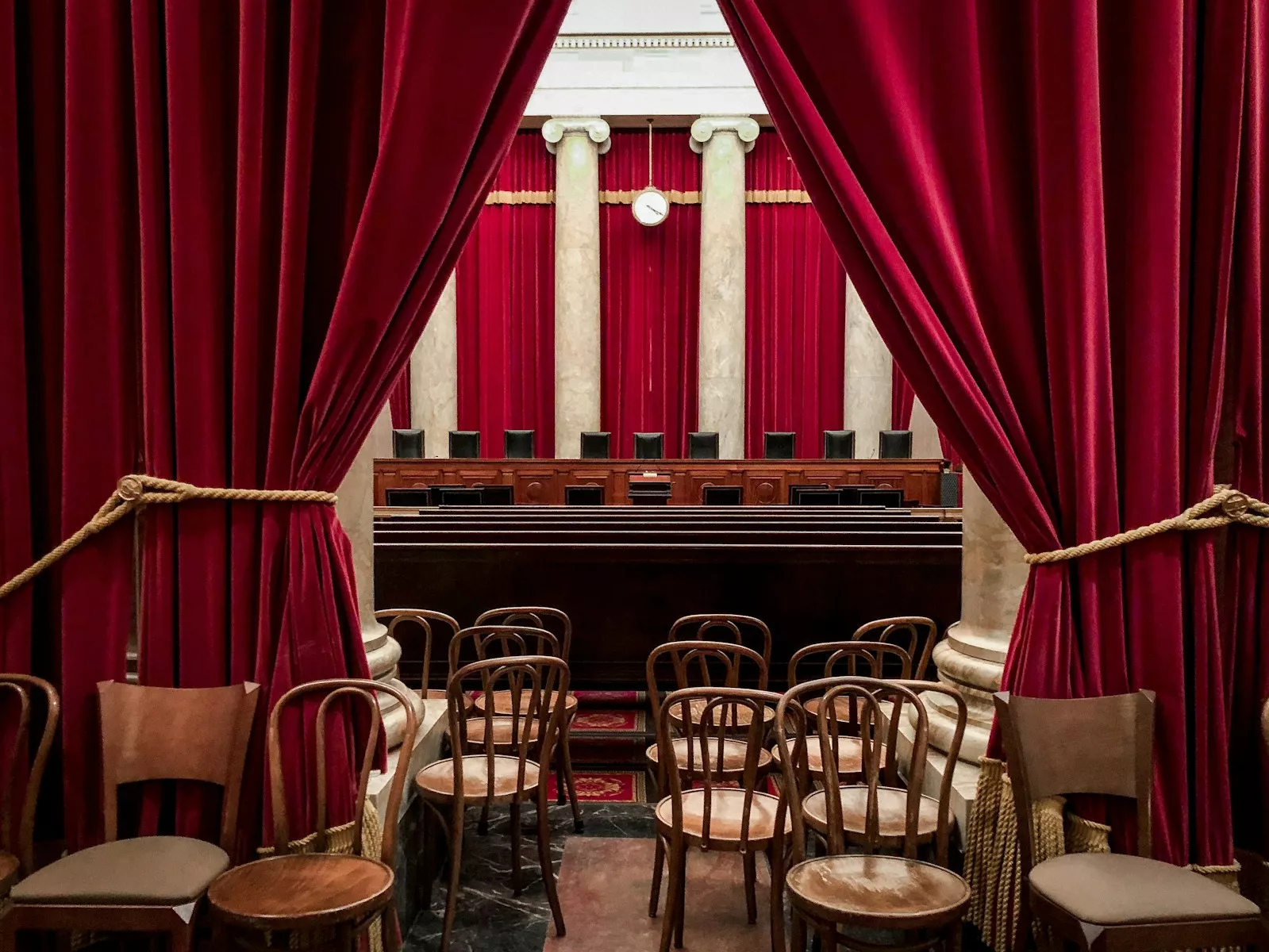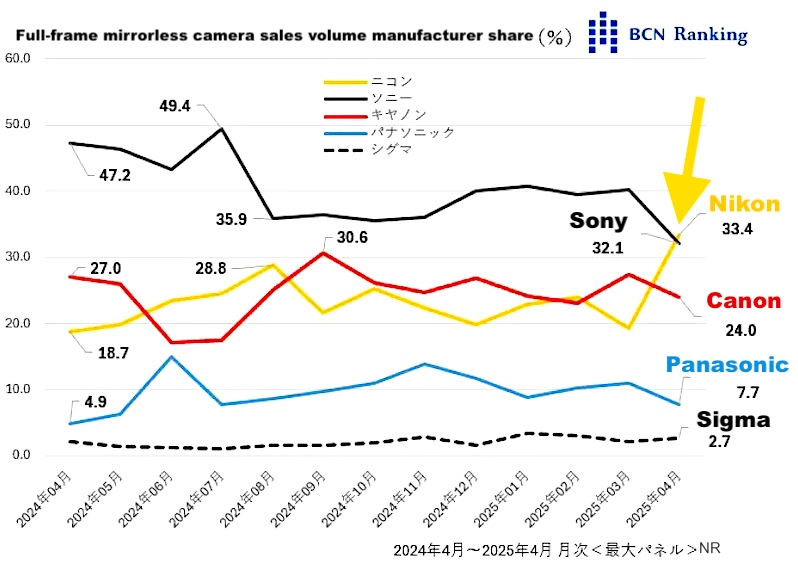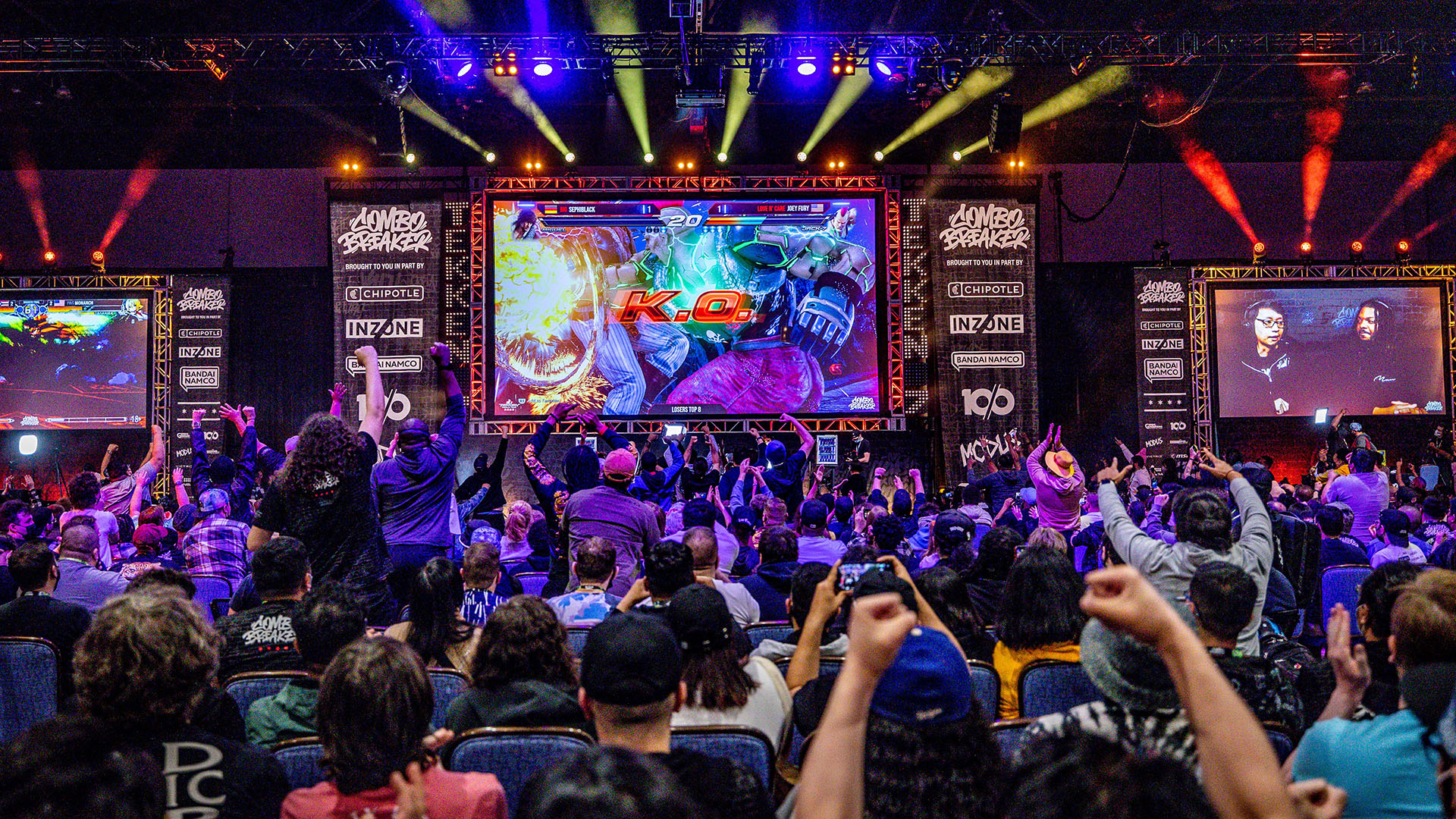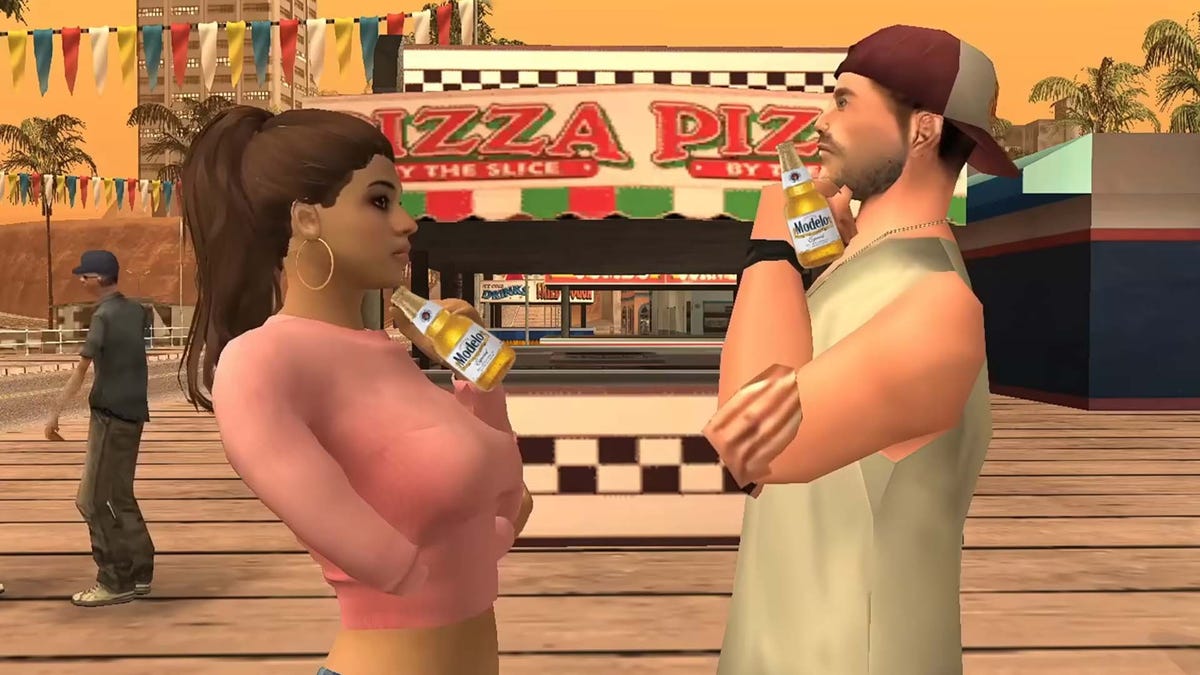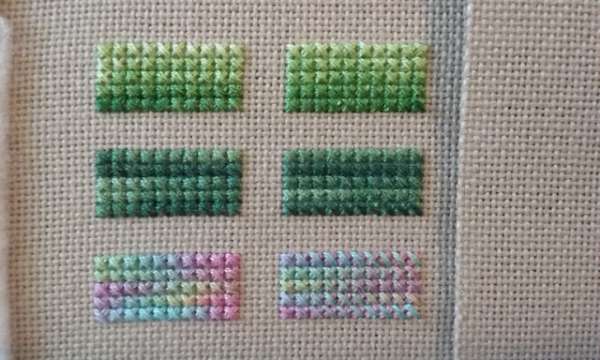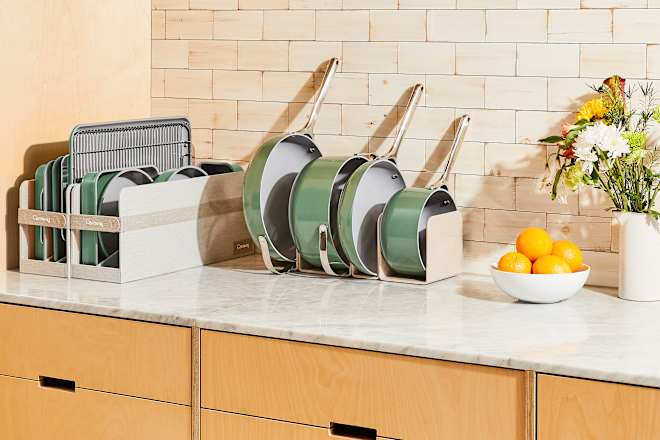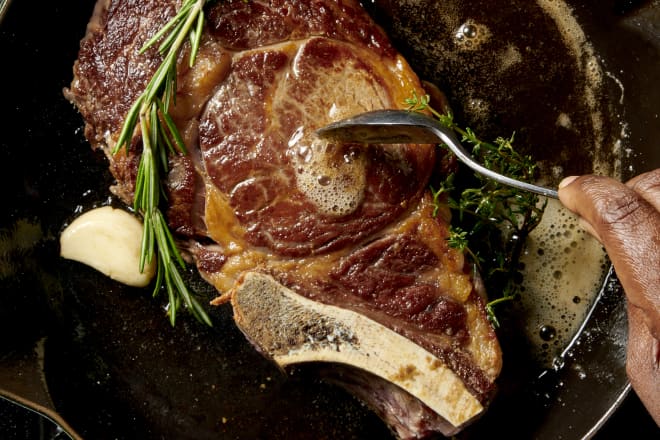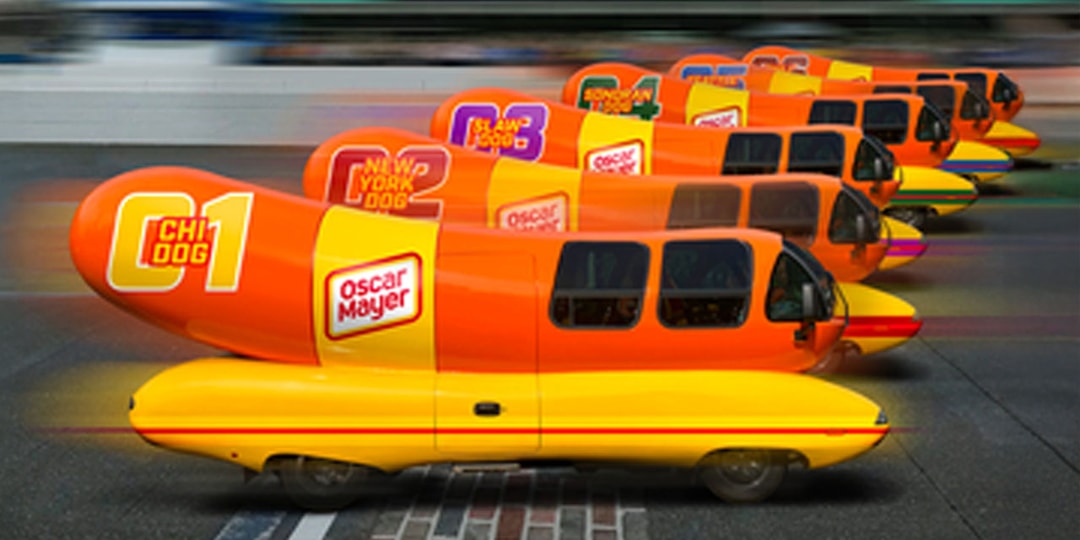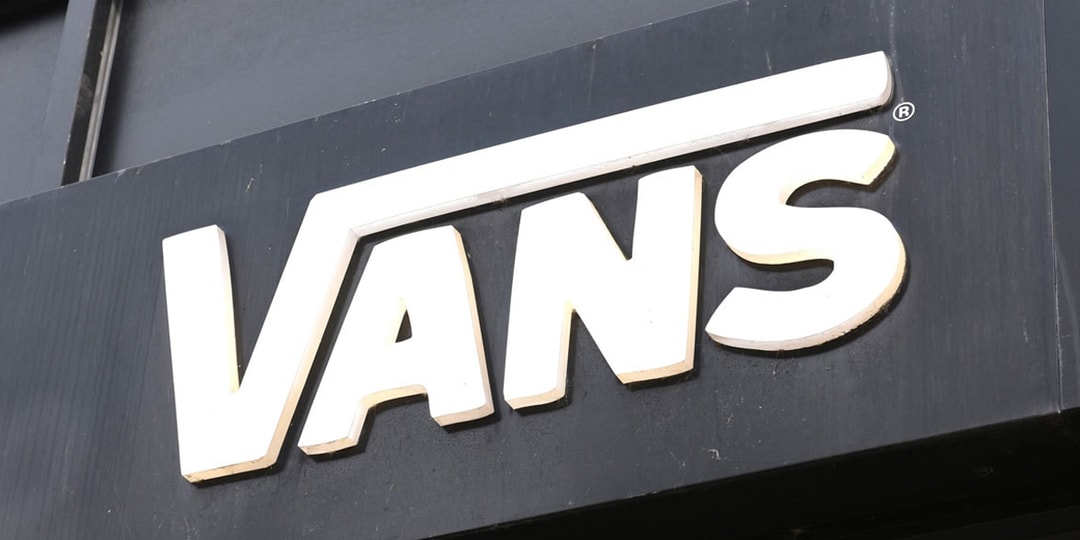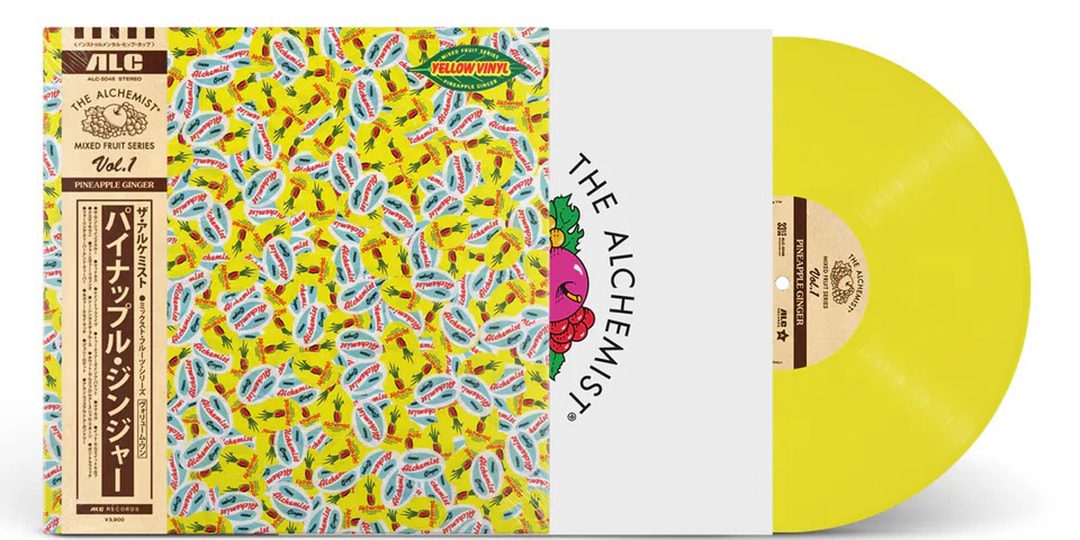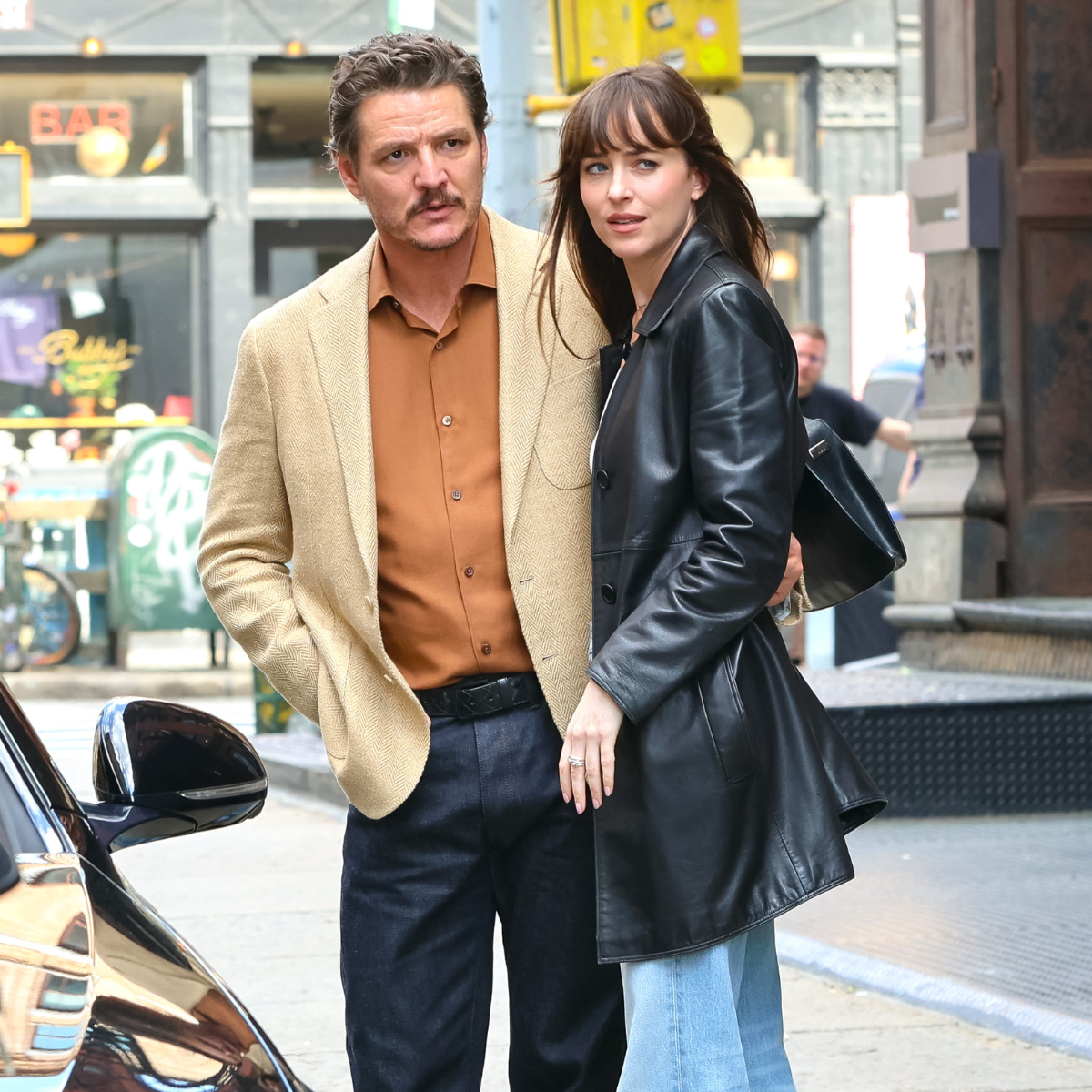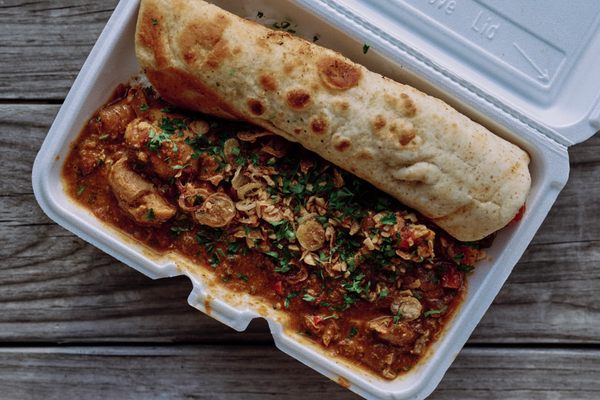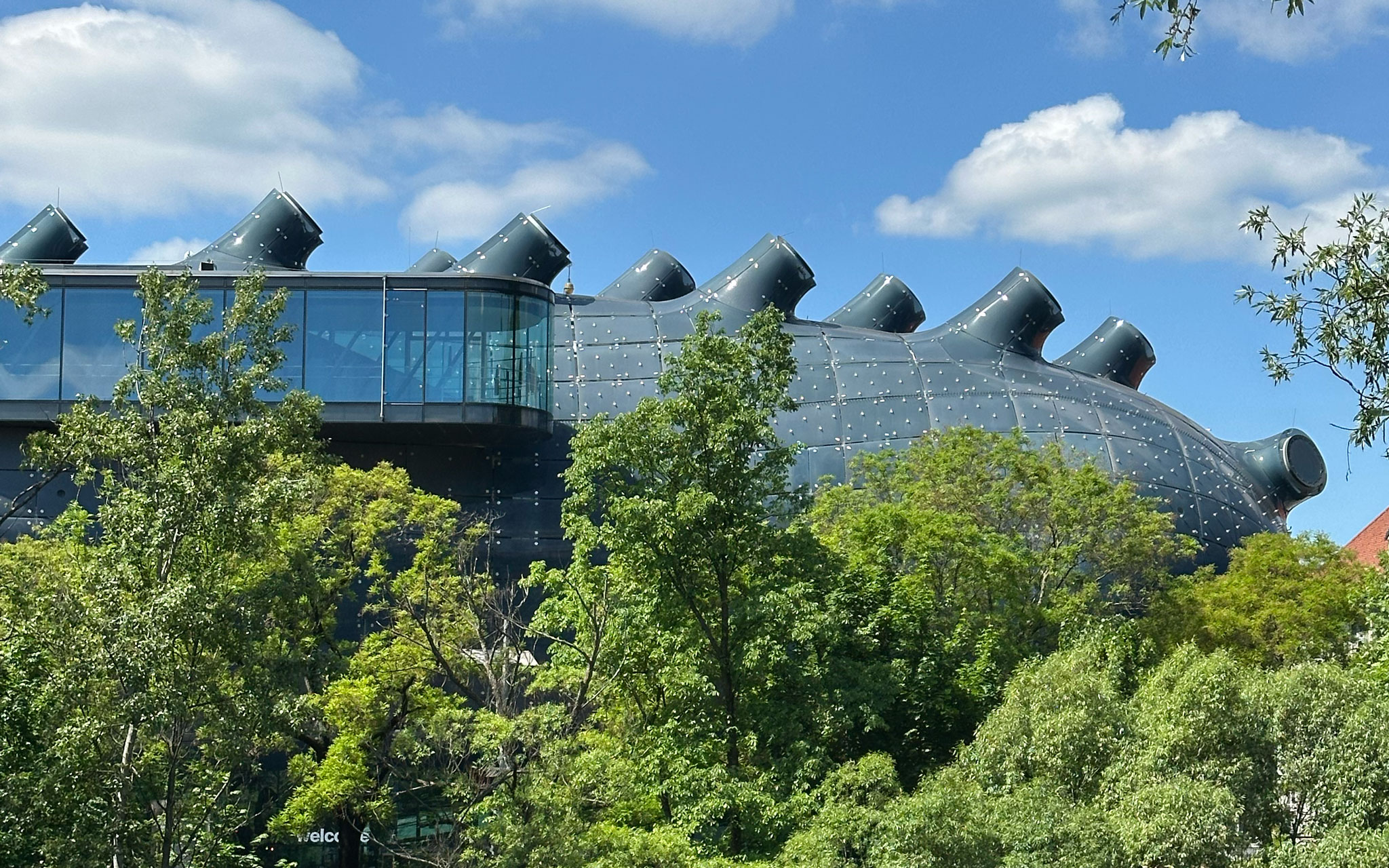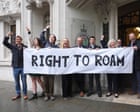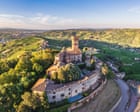The BHS Murals in Stockport in Stockport, England
Stockport played a significant role as one of the manufacturing powerhouses of the 19th-century Industrial Revolution. The town was renowned as a center of excellence for the hatting industry. If you want to see how the modern industrial world was formed, Stockport is a compact and historically rich way to find out more. In the 1960s, Stockport borough began its journey to modernity, transforming the town center from the remnants of a textile production powerhouse to a stylish post-industrial retail complex. One key aspect was developing the pedestrianised Merseyway shopping center, replete with attractive department stores like British Home Stores (BHS), Marks & Spencer, and Woolworths. This new venture opened in 1970 and completely redesigned the town center by moving crowded thoroughfares and providing ample parking for the new car-owning middle classes. In 1978, BHS commissioned five concrete mural panels to add color and interest to the side of their store on Deanery Way. Until then, it was a drab passageway connecting the main center to the more traditional Princess Street shopping area that runs parallel to Merseyway. The mural was one of a series of modernist civic artworks BHS added to some of its UK stores. These commissions went to Joyce Ballot and Henry Collins of the Colchester Art Society. Their trademark medium was molded concrete panels, and for BHS Merseyway, their design depicted key events and luminaries from Stockport's rich history. Entering the alley from Merseyway, the first panel depicts Sir Robert de Stokeport and his son Robert, who established the town's charter in 1220 and its market charter in 1260. Other sections show Richard de Vernon, the first rector of Stockport, and Edmund Shaa, a local goldsmith who became Lord Mayor of London and whose final legacy provided the funds to found Stockport Grammar School. The fourth panel portrays Samuel Bamford, a radical campaigner and a key player in the infamous 1815 Peterloo Massacre in nearby Manchester. He stands alongside Stockport MP Richard Cobden, whose fight in 1838 for Corn Law reform was an early recognition of the importance of free trade. Together, they illustrate Stockport's contribution to progressive, often radical, industrial politics that still have influence today. The final panel showcases BHS's contributions to Stockport, depicting its store facades from opening in 1934 to its 1976 incarnation. All BHS stores closed in 2016, leaving the site empty and the future of the panels in doubt. The artwork's denial of listed status meant that, like other BHS murals, it could easily be removed and discarded. So far, the pieces have survived, and local heritage groups are closely monitoring them. These quintessentially 1970s artworks are a well-conceived and vivid reminder of Stockport's rich history. They should be enjoyed for what they tell us about the town, the formerly proud BHS, and most of all, the firebrands who helped make Stockport the forward-thinking place it is today.


Stockport played a significant role as one of the manufacturing powerhouses of the 19th-century Industrial Revolution. The town was renowned as a center of excellence for the hatting industry. If you want to see how the modern industrial world was formed, Stockport is a compact and historically rich way to find out more.
In the 1960s, Stockport borough began its journey to modernity, transforming the town center from the remnants of a textile production powerhouse to a stylish post-industrial retail complex.
One key aspect was developing the pedestrianised Merseyway shopping center, replete with attractive department stores like British Home Stores (BHS), Marks & Spencer, and Woolworths. This new venture opened in 1970 and completely redesigned the town center by moving crowded thoroughfares and providing ample parking for the new car-owning middle classes.
In 1978, BHS commissioned five concrete mural panels to add color and interest to the side of their store on Deanery Way. Until then, it was a drab passageway connecting the main center to the more traditional Princess Street shopping area that runs parallel to Merseyway. The mural was one of a series of modernist civic artworks BHS added to some of its UK stores.
These commissions went to Joyce Ballot and Henry Collins of the Colchester Art Society. Their trademark medium was molded concrete panels, and for BHS Merseyway, their design depicted key events and luminaries from Stockport's rich history.
Entering the alley from Merseyway, the first panel depicts Sir Robert de Stokeport and his son Robert, who established the town's charter in 1220 and its market charter in 1260. Other sections show Richard de Vernon, the first rector of Stockport, and Edmund Shaa, a local goldsmith who became Lord Mayor of London and whose final legacy provided the funds to found Stockport Grammar School.
The fourth panel portrays Samuel Bamford, a radical campaigner and a key player in the infamous 1815 Peterloo Massacre in nearby Manchester. He stands alongside Stockport MP Richard Cobden, whose fight in 1838 for Corn Law reform was an early recognition of the importance of free trade. Together, they illustrate Stockport's contribution to progressive, often radical, industrial politics that still have influence today.
The final panel showcases BHS's contributions to Stockport, depicting its store facades from opening in 1934 to its 1976 incarnation.
All BHS stores closed in 2016, leaving the site empty and the future of the panels in doubt. The artwork's denial of listed status meant that, like other BHS murals, it could easily be removed and discarded. So far, the pieces have survived, and local heritage groups are closely monitoring them.
These quintessentially 1970s artworks are a well-conceived and vivid reminder of Stockport's rich history. They should be enjoyed for what they tell us about the town, the formerly proud BHS, and most of all, the firebrands who helped make Stockport the forward-thinking place it is today.
































